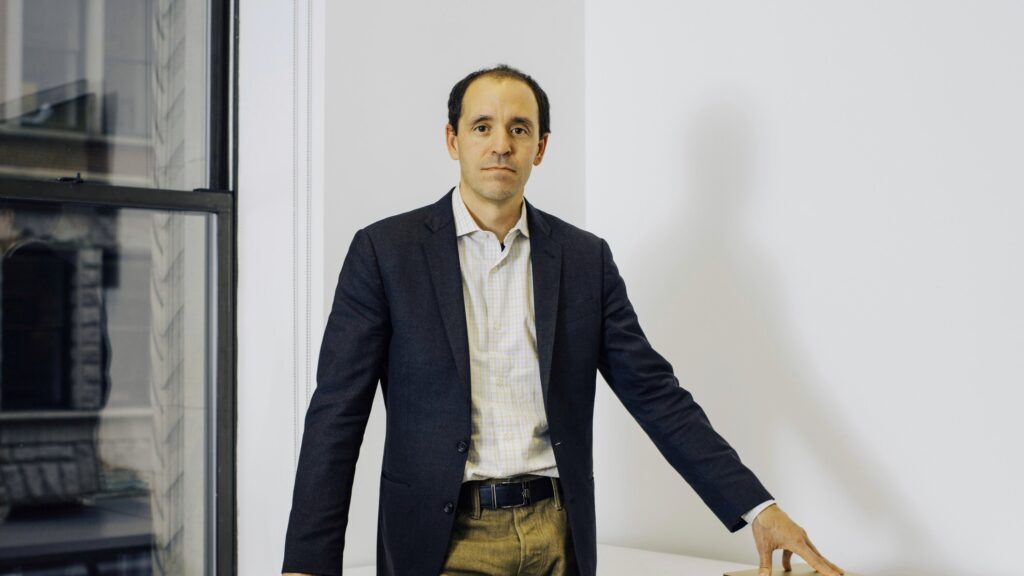TL;DR: Hong Kong’s Role in Labubu’s Global Success
- Labubu, created by Kasing Lung, has become a global sensation, blending “ugly-cute” aesthetics with emotional engagement.
- The character’s rise is fueled by social media virality and celebrity endorsements, particularly from figures like Lisa of BLACKPINK.
- Pop Mart’s innovative marketing strategies, including the blind box model, have transformed Labubu into a mainstream collectible.
- The toy’s success reflects a broader cultural shift towards emotional consumption and the growing influence of Asian pop culture.
- Labubu’s journey illustrates the potential for niche artistic creations to achieve global commercial success.
Introduction to Labubu and Its Global Impact
Labubu, a collectible plush toy and character, has transcended its origins as a niche product to become a global cultural phenomenon. Created by Hong Kong designer Kasing Lung and marketed by the China-based retailer Pop Mart, Labubu’s journey from a character in a picture book to a viral sensation exemplifies the intersection of art, commerce, and community engagement in contemporary consumer culture.
The Origins of Labubu: A Cultural Journey
Kasing Lung: The Creator’s Background
Kasing Lung, born in Hong Kong and raised in the Netherlands, is an artist whose work is deeply influenced by Nordic mythology and European fairy tales. His background as a children’s book illustrator has shaped his narrative approach to character creation, resulting in a unique aesthetic that sets Labubu apart from conventional toys.
The Birth of Labubu in Hong Kong
Labubu first emerged in 2015 as part of Lung’s story series titled “The Monsters.” Initially produced as figurines by How2Work, the character’s transition into the collectible space occurred in 2019 when Pop Mart began marketing Labubu through its signature blind box format. This collaboration allowed Labubu to reach a wider audience and establish itself as a beloved character in the designer toy scene.
The Aesthetic Appeal: Understanding ‘Ugly-Cute’
Defining the ‘Ugly-Cute’ Aesthetic
Labubu’s design features pointed ears, jagged teeth, and a mischievous expression, embodying the “ugly-cute” or “creepycute” aesthetic. This distinctive style deviates from traditional notions of cuteness, making Labubu more relatable and memorable to a broad audience.
Psychological Drivers Behind Labubu’s Popularity
The “ugly-cute” design resonates with consumers, triggering emotional responses such as “cute aggression.” This aesthetic appeals particularly to the “kidult” market—adults who engage with toys for comfort and self-expression—by offering a playful escape from daily pressures.
Labubu’s Product Ecosystem and Collectibility
Diverse Product Lines
Labubu has been manifested in various forms, including plush toys, vinyl figurines, and accessories like keychains. The brand’s imagery extends to other merchandise, catering to diverse consumer preferences and enhancing its collectibility.
The Blind Box Model and Its Impact
The blind box retail strategy creates an addictive “treasure-hunt” dynamic, encouraging repeat purchases and fostering a vibrant collector community. This model leverages psychological principles of surprise and scarcity, transforming the act of buying into an engaging event.
Marketing Strategies: From Niche to Mainstream
Social Media and Celebrity Endorsements
Labubu’s rise to global popularity has been significantly fueled by its presence on social media platforms. The #Labubu hashtag has garnered millions of posts, with user-generated content amplifying the brand’s visibility. Celebrity endorsements, particularly from K-pop star Lisa, have further propelled Labubu into mainstream culture.
Experiential Marketing Initiatives
Pop Mart’s experiential marketing strategies, such as immersive retail experiences and flagship conventions, have deepened brand engagement. These initiatives create a sense of community among fans, transforming casual interest into dedicated fandom.
Economic Success: Market Performance Analysis
Revenue Growth and Financial Highlights
Labubu’s commercial success has significantly impacted Pop Mart’s financial performance, with the “Monsters” series becoming the company’s best-selling franchise. Revenue for this line reached approximately $419 million USD in 2024, reflecting a remarkable year-over-year increase.
The Secondary Market Dynamics
The demand for Labubu has led to a thriving secondary market, with limited-edition figures commanding high resale values. This market dynamic enhances the perceived value of Labubu collectibles, further driving consumer interest.
Cultural Significance: Beyond a Toy
Labubu as a Fashion Statement
Labubu has transcended its role as a mere collectible, becoming a fashionable accessory seen adorning luxury handbags. This integration into high fashion elevates Labubu’s status and broadens its appeal, legitimizing it for adult consumers.
Community Building and Fan Engagement
Labubu has fostered vibrant online and offline communities, where fans connect through shared practices like unboxing rituals and customization. This participatory culture enhances the emotional connection between fans and the brand.
The Creator’s Vision: Kasing Lung’s Perspective
Artistic Intent and Future Aspirations
Kasing Lung expresses a profound personal connection to Labubu, viewing the character as a platform for storytelling. His ongoing involvement ensures that Labubu evolves while maintaining its artistic integrity.
Pop Mart’s Role in Labubu’s Growth
Pop Mart’s strategic ambition to cultivate Labubu as a “global super IP” supports the character’s continued growth. The company’s commitment to frequent releases and global expansion positions Labubu for sustained success.
Challenges and Future Outlook for Labubu
Navigating Market Saturation
As Labubu’s popularity grows, the challenge of maintaining freshness in offerings becomes critical. Pop Mart must balance the demand for new releases with the risk of market over-saturation.
Sustaining Cultural Relevance
To remain relevant, Labubu must continue to adapt to changing consumer preferences and cultural trends. This adaptability will be essential for its long-term success in a fast-paced market.
Conclusion: The Legacy of Labubu
Labubu’s journey from a niche character to a global phenomenon illustrates the potential for artistic creations to achieve commercial success. The character’s unique aesthetic, emotional resonance, and strategic marketing have positioned it as a cultural icon, reflecting broader trends in consumer behavior and the growing influence of Asian pop culture.
The Cultural Significance of Labubu and Hong Kong’s Role in Global Toy Trends
The Evolution of Labubu: From Local Charm to Global Phenomenon
Labubu’s rise exemplifies how local artistic expressions can resonate on a global scale, driven by innovative marketing and community engagement.
Hong Kong’s Unique Position in the Designer Toy Market
Hong Kong’s historical role as a manufacturing hub and its vibrant creative scene have contributed to the emergence of unique characters like Labubu, showcasing the city’s cultural significance in the global toy industry.
The Future of Labubu and Its Impact on Global Consumer Culture
As Labubu continues to evolve, its influence on consumer culture and the toy industry will likely expand, paving the way for more artist-driven IPs to achieve global recognition.

